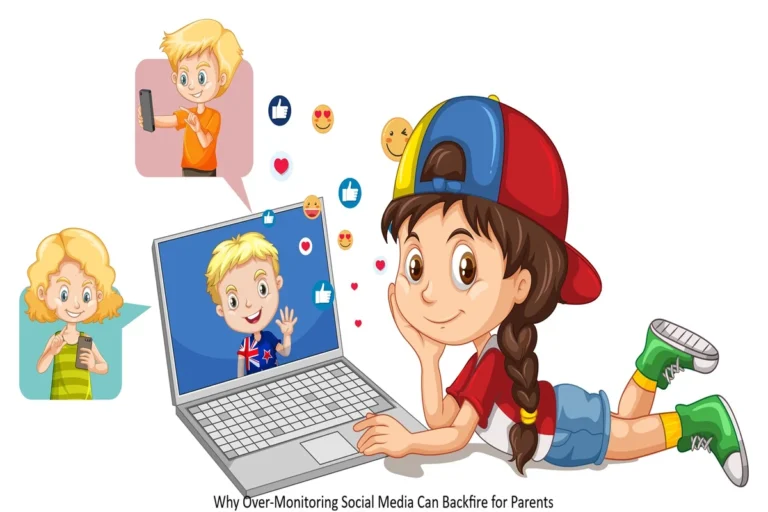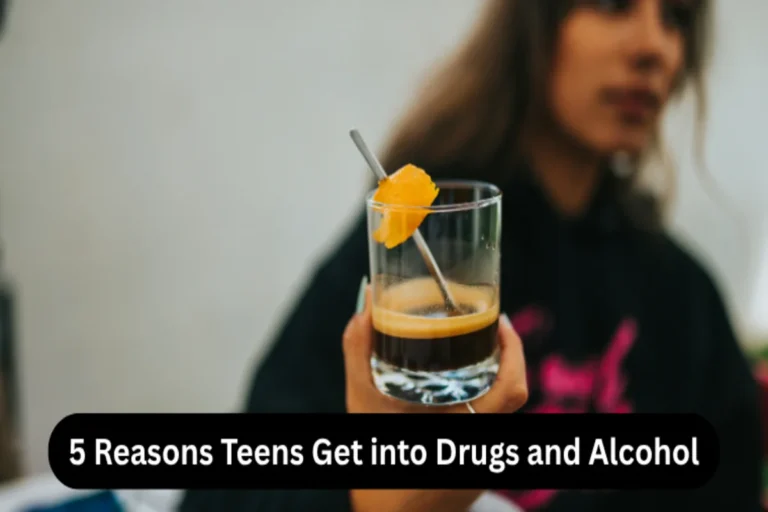
Most people think peer pressure is a bad thing. We often hear about teens being forced to try drugs or do risky stuff. But peer pressure is not always harmful. Sometimes, it helps teens make good choices and grow. Knowing the good and bad sides helps parents and teens handle it better.
Peer pressure means the influence friends or people your age have on what you do. Teens want to belong and be accepted. This can push them to do good things or bad things. Friends might encourage each other to join clubs or help others. When peer pressure is positive, it builds confidence and motivation.
Today, social media plays a big role in peer pressure. It spreads ideas very fast, the good and the bad. It’s important to know how this pressure shapes teen lives.
What is Peer Pressure?
Peer pressure happens when people your age affect your choices. It can be gentle or strong, direct or subtle. Usually, it comes from friends, classmates, or online groups. Teens feel pressure because they want to fit in.
Peer pressure can make teens try new things or change their behaviour. Sometimes this is good, like joining a sports team or eating healthily. Other times it leads to bad decisions. Knowing when it happens helps teens use it for good.
Positive Peer Pressure
Positive peer pressure helps teens make smart choices. Friends who study hard can encourage others to work hard too. Teens might join charity work or be kind to others because of their friends. Seeing friends behave well motivates teens.
Positive peer pressure also boosts self-esteem. Feeling accepted by friends makes teens feel good about themselves. It helps them believe they belong somewhere. This lowers stress and improves mental health.
Friends who care about health push each other to eat well and exercise. They help keep each other away from drugs and alcohol. Positive peer groups make it easier to stay on the right path.
School success often comes from positive peer groups. When friends want to do well, teens try harder themselves. This leads to better grades and good habits. Being motivated by friends makes school more fun.
But too much pressure, even positive, can stress teens out. If teens join too many activities or study too hard, they might get too tired. Finding the right balance is very important.
Negative Peer Pressure
Negative peer pressure makes teens do harmful things. This includes trying drugs, stealing, or bullying. Some friends use bullying or teasing to make others join in. This can lead to bad choices and trouble.
Negative peer pressure makes teens feel bad about themselves. They might lose their values to fit in. It causes anxiety, guilt, or depression. Fear of being left out is very strong.
Sometimes teens don’t realise they are under pressure. They just feel they “should” do things to be cool. This leads to secret habits parents don’t see. Watching and talking openly helps parents spot issues early.
How Peer Pressure Works Online
The internet and social media have changed peer pressure a lot. Teens face pressure all day from apps, videos, and messages. New trends and challenges spread fast online. Teens join in so they don’t feel left out.
Social media often shows perfect looks and lifestyles. Teens feel pressured to look flawless or do crazy stunts. This makes teens feel stressed and less confident.
Online peer pressure is tricky because it’s often hidden. Teens get negative comments or dares they can’t ignore. Parents should watch online use and talk honestly.
Parental Influence vs Peer Pressure
Even though friends have big influence, parents still matter most. Teens often listen to their mum and dad, even if friends say other things. A caring family helps stop bad peer pressure.
Parents teach values and decision skills. This helps teens choose well on their own. Good talks with parents make peer pressure easier to manage.
Some parents worry they can’t compete with friends’ influence. But research shows parents usually win in the end. Being involved and understanding your teen’s life really helps.
Learn more at How Social Media Supercharges Peer Pressure for Teens (And What Actually Helps).
How Parents Can Help Teens with Immaturity
- Teens are still growing up and may act immature sometimes. This is normal but can be tough for parents.
- Parents can teach manners, respect, and how to say no. Helping teens be polite and choose good friends builds confidence.
- Giving teens space, but also support, helps them grow. Praise good choices and talk about mistakes calmly. This teaches maturity and better judgement.
- A loving home lowers chances of bad peer pressure.
Find tips at Peer Pressure and Drugs: What Parents Should Do.
The Power of Self-Esteem
- Teens with strong self-esteem resist bad pressure better. They know their own values and don’t need to prove themselves.
- Self-confidence starts at home with support. Praising effort and listening to teens helps them feel valued.
- When teens feel good about themselves, they don’t follow the crowd blindly. Self-esteem acts like armour against bad influence.
Choosing Good Friends
- Choosing friends is very important. Positive friends keep teens on the right track.
- Good friends encourage effort, respect, and kindness. They support goals and stop bad habits. Being with good friends makes teens happier and more successful.
- Teens should learn to spot true friends who respect their choices. Parents can help by asking about their friendships regularly.
Learning to Say No
- Saying no is an important skill. Many teens find it hard because they fear rejection.
- Parents can practise scenarios with teens on how to say no nicely but firmly. Being confident helps teens control their own choices.
- Teens with this skill feel less trapped and more in charge.
Schools and Communities Matter
- Schools and communities make good peer pressure happen. Clubs, sports, and volunteering offer chances to meet positive people.
- Programs that teach teamwork and respect help build strong friendships. This keeps teens busy and supported.
- Communities must also warn about dangers of bad peer pressure.
When to Get Help
- Sometimes peer pressure causes big problems like drug use or bullying. Parents should watch for changes in how teens act or feel.
- If a teen seems sad, secretive or different, it may be a warning. Counsellors and professionals can help teens in crisis.
- Getting help early stops problems becoming worse.
Peer pressure is a natural part of growing up. It is not always dangerous. Positive peer pressure can help teens do well and feel confident. Parents are important guides in this process, especially with social media today.
Talking openly, building self-esteem, and encouraging good friendships create a strong base. Understanding both the good and bad of peer pressure helps families support teens better.
FAQs
Peer pressure is the influence teens feel from friends, classmates, or online groups. It affects choices because most teens want to fit in and be accepted. This influence can push them toward healthy habits or harmful behaviours.
Positive peer pressure encourages teens to study, join activities, eat well, and make responsible choices. Negative peer pressure pushes them toward risky behaviour like substance use, bullying, or rule-breaking. Knowing the difference helps teens choose better influences.
Social media creates constant pressure by showing perfect bodies, exciting lifestyles, and viral challenges. Teens feel they must keep up, look flawless, or join trends to feel included. This online peer pressure is subtle but very powerful.
Parents can reduce negative peer pressure by building self-esteem at home, talking openly about choices, setting clear values, and staying involved in their teen’s social and online life. A strong parent-child bond is the best protection.
Teens struggle to say no because they fear rejection and want to fit in. Parents can help by practising real-life scenarios, teaching confident communication, and reminding teens that true friends respect boundaries.
Parents should seek help if their teen becomes withdrawn, anxious, secretive, or shows signs of bullying, substance use, or major behaviour changes. Early support from school counsellors or therapists prevents problems from growing.


